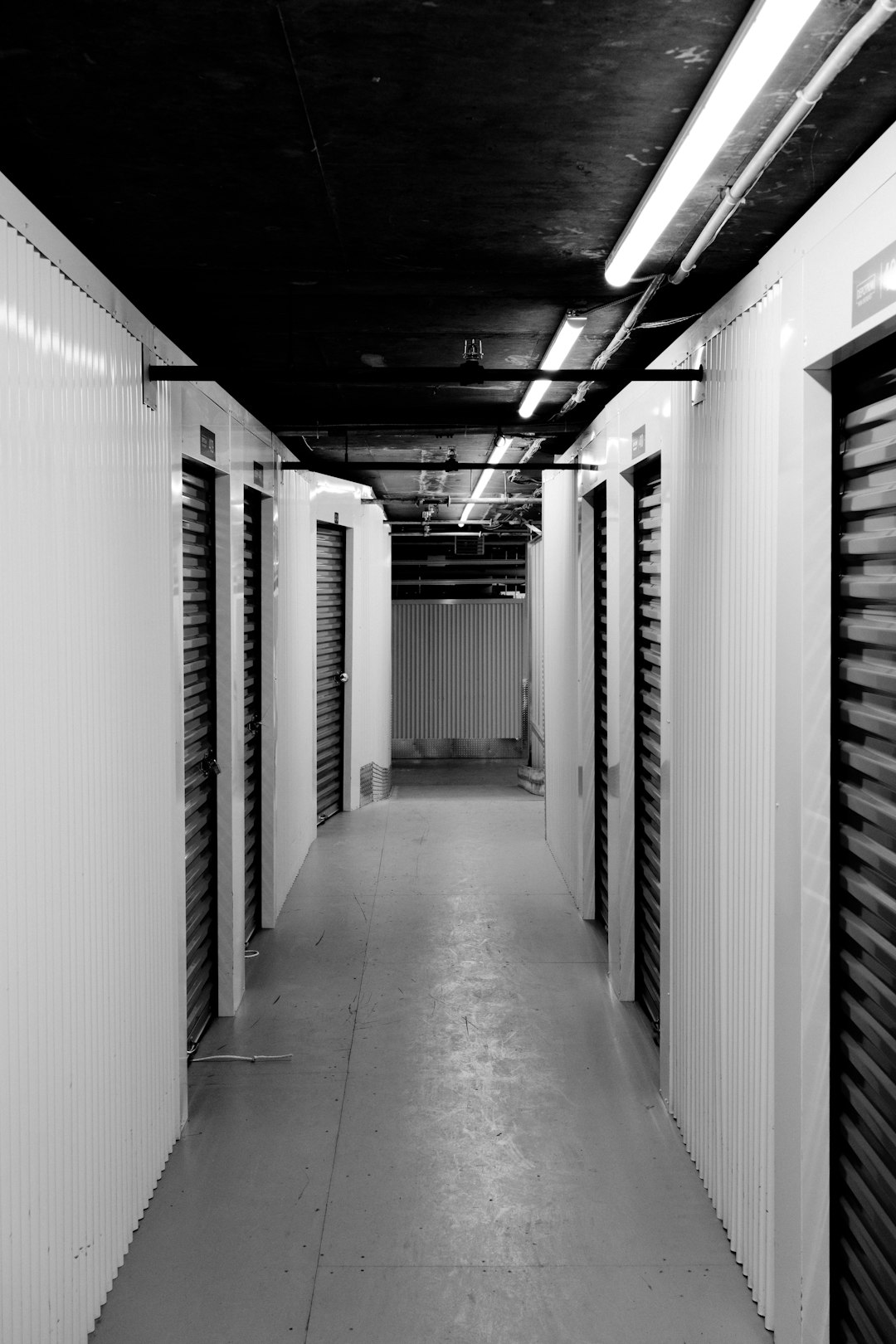As artificial intelligence continues its meteoric rise across industries, businesses increasingly rely on high-quality data labeling and human-in-the-loop (HITL) services to accelerate model training and deployment. Among the leading platforms in this domain, CloudFactory and Scale AI stand out. Both platforms offer powerful solutions for building and scaling AI systems, but choosing the right one for your project often means understanding their strengths in scalability, quality control, data handling, and workflow integration.
In this article, we’ll compare CloudFactory and Scale AI, focusing on their ability to scale for growing AI projects. Whether you’re a startup developing a prototype or an enterprise deploying AI across global operations, your choice can significantly impact your time to market and model performance.
Understanding the Platforms
What is CloudFactory?
CloudFactory is known for its hybrid workforce model, offering managed teams of data analysts who are trained to handle a variety of tasks. These teams are located in developing countries and supported by robust tech infrastructure. The company targets tasks that require significant human judgment, making it ideal for AI workflows that need HITL precision across text, image, video, and audio data.
What is Scale AI?
Scale AI started primarily as a data labeling platform that leveraged machine learning-assisted workflows. Over time, it has expanded into a broader AI infrastructure provider, offering a suite of products that include model evaluation, reinforcement learning with human feedback (RLHF), and synthetic data generation. Its platform emphasizes automation, quality assurance, and rapid delivery within high-complexity AI pipelines.
Scalability Comparison: Core Metrics
1. Workforce Flexibility and Growth
When it comes to scaling the human workforce behind your AI projects, CloudFactory emphasizes people. Their model revolves around long-term relationships with managed teams that grow with your project.
- CloudFactory: Offers flexibly assigned teams that scale with client needs. Teams are already trained in domain-relevant tasks, avoiding the steep learning curve during project expansion.
- Scale AI: Utilizes a more gig-economy-type model with a massive on-demand workforce. This allows faster ramp-up but might result in variability in quality for niche tasks.
In terms of flexibility, CloudFactory’s model may be better suited for projects requiring ongoing collaboration, domain consistency, and complex annotation logic. Scale AI wins in scenarios that demand burst scaling and quick response to shifting data volumes.
2. Supported Task Variety
Both platforms support a wide array of data labeling tasks, including:
- Image classification and segmentation
- Text annotation and sentiment labeling
- Video object tracking
- OCR and transcription
- Audio tagging
Scale AI extends its product suite with synthetic data, 3D sensor fusion, and enterprise-level model evaluations—ideal for demanding AI applications like autonomous vehicles and defense AI.
CloudFactory shines in projects where continuous quality and long-term engagement are more important than high-volume, short-term annotation spikes.

3. Platform Automation and Tooling
Automation tools can be the difference between hitting timelines and getting stuck in manual bottlenecks.
- Scale AI: Provides a robust set of APIs, machine-assisted preprocessing, and smart redundancy for quality assurance. It is built with developer-centric workflows in mind.
- CloudFactory: Offers integration tools and customizable workflows but relies more heavily on human capital. Their platform emphasizes human training, support, and feedback loops.
If your priority is end-to-end automation with minimal human oversight for generic tasks, Scale AI may offer better scalability through its platform tools. However, CloudFactory is preferred when integrating humans-in-the-loop throughout complex pipelines.
Quality Control at Scale
Scalability isn’t only about speed and volume—it must also include consistent quality. Scale AI uses a blend of machine and human quality checks, providing high precision through automatic consensus algorithms and reviewer layers. Their QC mechanisms are well-suited for large data volumes with predictable task logic.
CloudFactory, on the other hand, emphasizes training, feedback, and team engagement. Their approach is inherently designed to scale judgment-based tasks, such as medical text interpretation or multi-label sentiment analysis, where nuance matters more than volume.

Price-Performance Ratio
Budget considerations are never far behind when scaling an AI project. Both companies offer volume-based pricing, but their cost structures reflect their operating models.
- Scale AI: Has a reputation for premium pricing, especially for high-complexity tasks and turnkey services. However, for clients seeking rapid, one-off projects, it can be cost-efficient due to automation.
- CloudFactory: Provides competitive pricing for long-term partnerships, especially for tasks requiring human nuance and ongoing iterations. Their teams can be used operationally like an extension of your in-house staff, offering better ROI over time for complex use cases.
Use Case Scenarios
When to Choose CloudFactory
- You need labeled data that requires consistent interpretation and high subjectivity (e.g., medical or legal tech).
- Your project requires data processing over many months or years with predictable workflows and quality expectations.
- You want closer collaboration with your data team, including feedback loops and training support.
When to Choose Scale AI
- You need rapid scaling for short-term datasets with high volume, such as autonomous driving datasets.
- Your project is heavily API-driven and integrates with automated pipelines.
- You benefit from machine-generated labels with human verification and fast iterative cycles.
Integration into Operational Pipelines
Both platforms offer API access, workflow customization options, and integrations with common ML tools like TensorFlow, PyTorch, and AWS. Scale AI’s developer-friendly tools and dashboarding system allow real-time monitoring and analytics of task progress. CloudFactory focuses on operational alignment, offering Slack-based communication with teams and flexible project management support.
Enterprise Readiness and Customer Support
- CloudFactory: Offers dedicated account managers, strategic implementation guidance, and documented success stories across finance, healthcare, and agriculture sectors.
- Scale AI: Has deep roots in enterprise and government sectors and is particularly known for its role in defense AI programs. Their enterprise offering includes compliance, security protocols, and scalable infrastructure support.
Conclusion
There’s no one-size-fits-all answer when it comes to choosing between CloudFactory and Scale AI. The right choice depends on the specific needs of your AI project, including factors like data complexity, desired speed, budget, and task variability.
If your focus is on long-term scalability with high human engagement and domain-specific expertise, CloudFactory is a strong contender. On the other hand, if you need rapid, automated labeling for high-volume projects and prefer an infrastructure-heavy, API-first approach, Scale AI might better serve your goals.
Ultimately, scalability in AI is not just about how fast you can produce labeled data—it’s about maintaining quality, consistency, and context-awareness as you grow. Both CloudFactory and Scale AI provide valuable paths forward, but understanding the trade-offs is key to maximizing value for your unique intelligent system.



